Portugal is home to some of the world’s most fascinating museums. These cultural gems reveal the rich history and vibrant art scene of the country.
Exploring the best museums in Portugal offers a journey through time and creativity. Visitors can find everything from ancient artifacts to contemporary masterpieces. Each museum provides a unique glimpse into Portugal’s past and present. Whether you are an art lover, history buff, or curious traveler, Portugal’s museums have something for everyone.
These institutions preserve the country’s heritage and showcase its artistic achievements. Immerse yourself in Portugal’s culture by visiting these top museums. Discover stories, admire artworks, and learn about the nation’s heritage. Ready to explore? Let’s dive into the best museums in Portugal.
Top Museums In Lisbon
Portugal is home to many amazing museums that showcase its rich history and culture. Lisbon, the capital, has some of the best museums you can visit. Each museum offers unique exhibits that reflect Portugal’s diverse heritage.
Museu Nacional Do Azulejo
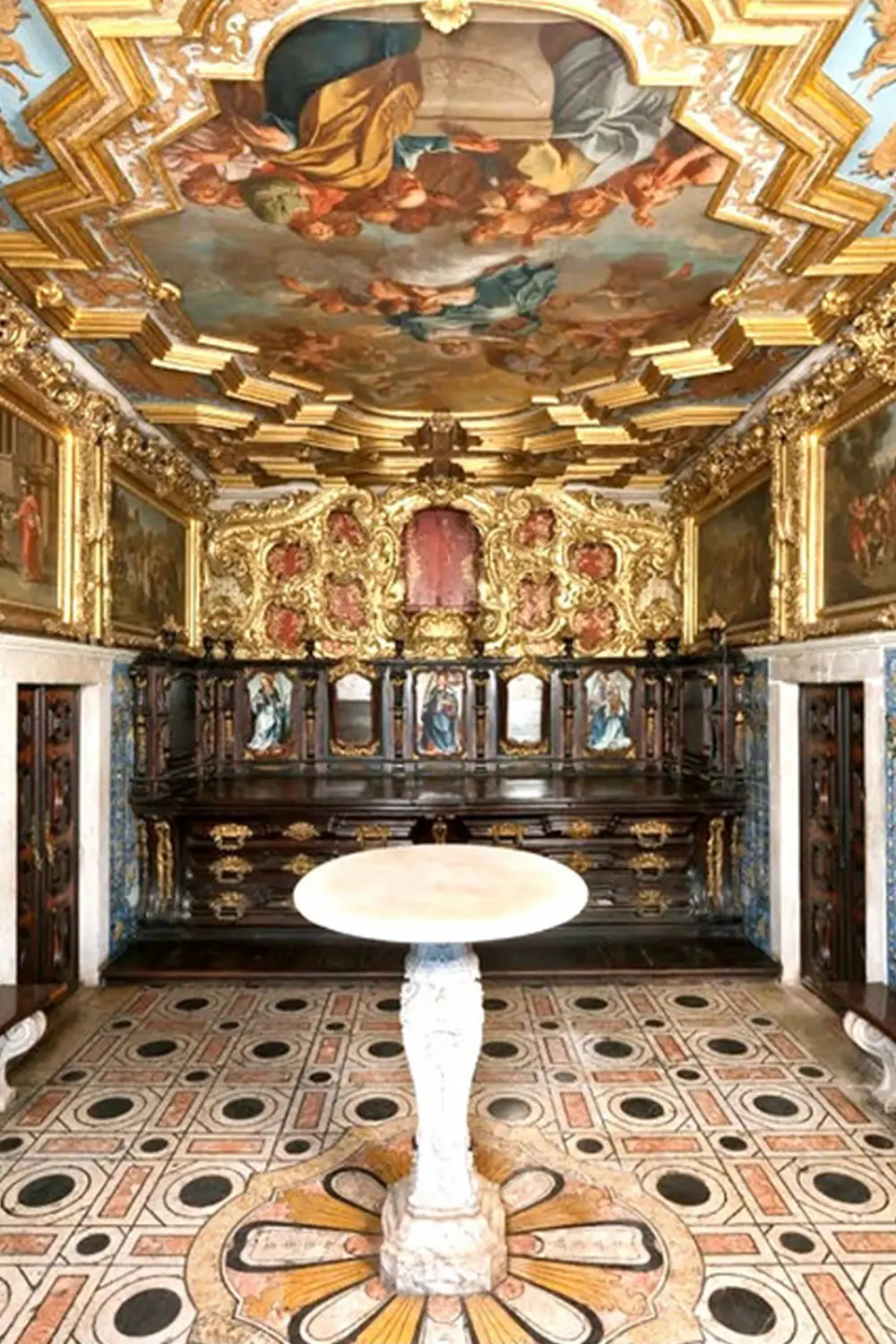
Museu Nacional do Azulejo is one of Lisbon’s most unique museums. It is dedicated to the art of azulejos, which are traditional Portuguese ceramic tiles. This museum is located in a beautiful old convent. The building itself is a piece of history.
The museum’s collection spans five centuries of tile-making. You will see tiles from different periods and styles. The exhibits show the evolution of this art form. It is fascinating to see how the designs have changed over time.
- Location: Rua da Madre de Deus, 4, 1900-312 Lisboa
- Opening Hours: Tuesday to Sunday, 10 am to 6 pm
- Entry Fee: €5 per adult, free for children under 12
One of the museum’s highlights is the Great Panorama of Lisbon. This large tile panel shows the city before the 1755 earthquake. It is a stunning piece that gives you a glimpse of Lisbon’s past.
Visiting the Museu Nacional do Azulejo is like stepping back in time. It is a must-see for anyone interested in Portuguese art and history.
Calouste Gulbenkian Museum
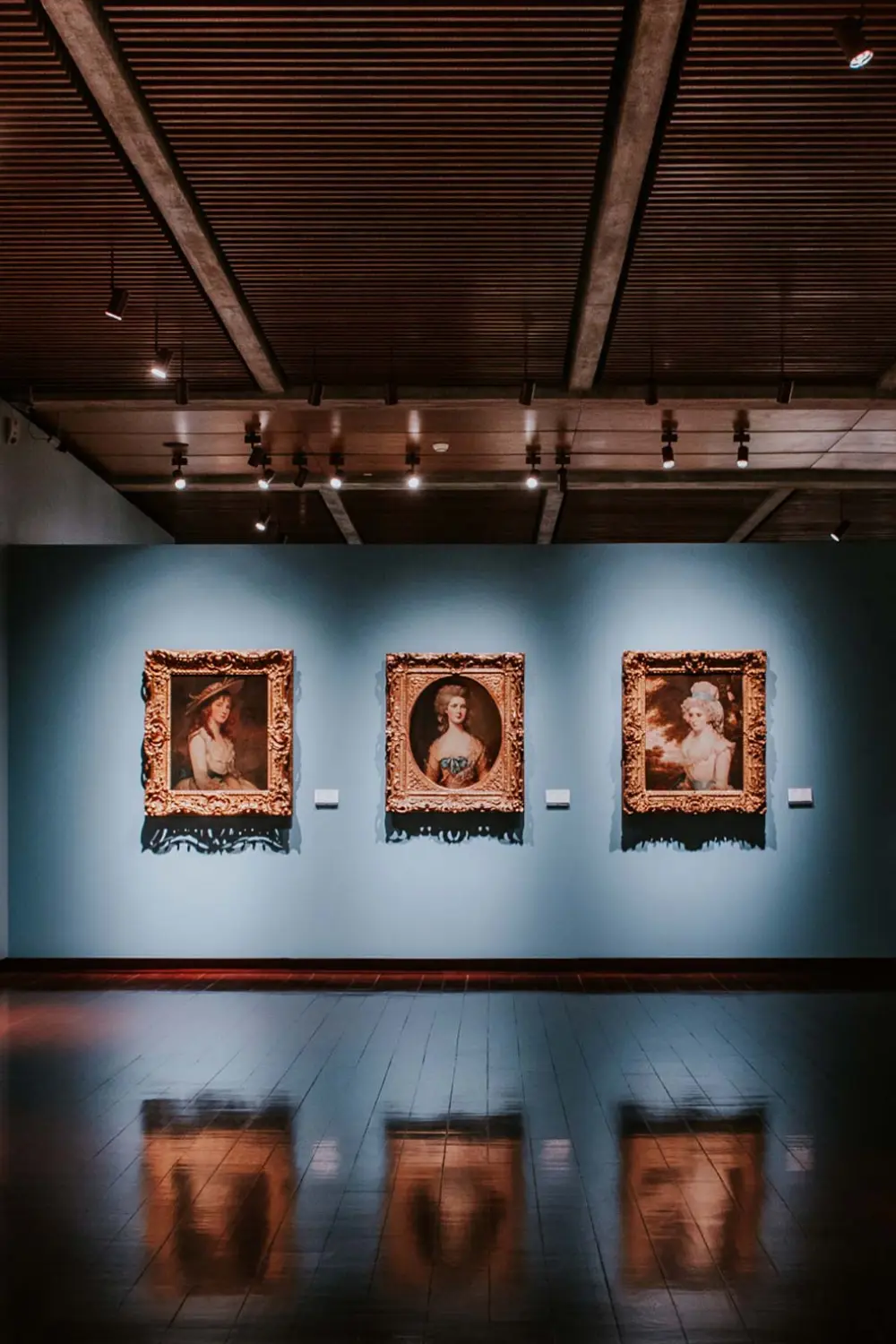
The Calouste Gulbenkian Museum is another top museum in Lisbon. It houses the private art collection of Calouste Gulbenkian, a wealthy Armenian businessman. The museum’s collection is vast and varied.
There are two main sections: the Founder’s Collection and the Modern Collection. The Founder’s Collection includes works from ancient Egypt, Greece, Rome, and the Middle East. You will also find European art, with pieces by Rembrandt, Monet, and Renoir.
- Location: Avenida de Berna, 45A, 1067-001 Lisboa
- Opening Hours: Wednesday to Monday, 10 am to 6 pm
- Entry Fee: €10 per adult, free for children under 12
The Modern Collection focuses on Portuguese contemporary art. It includes works from the 20th and 21st centuries. This section is perfect for those who appreciate modern art.
The museum also has beautiful gardens where you can relax. These gardens are a peaceful oasis in the heart of the city. They are ideal for a leisurely stroll after exploring the exhibits.
The Calouste Gulbenkian Museum offers a diverse range of art and culture. It is a must-visit for art lovers and anyone interested in history.
Cultural Gems In Porto
Portugal is home to many amazing museums. These museums showcase the country’s rich history and culture. Porto, one of Portugal’s top cities, has some of the best cultural gems. Visiting these museums offers a deep dive into art, history, and more. Here are some of the best museums in Porto you should not miss.
Serralves Museum
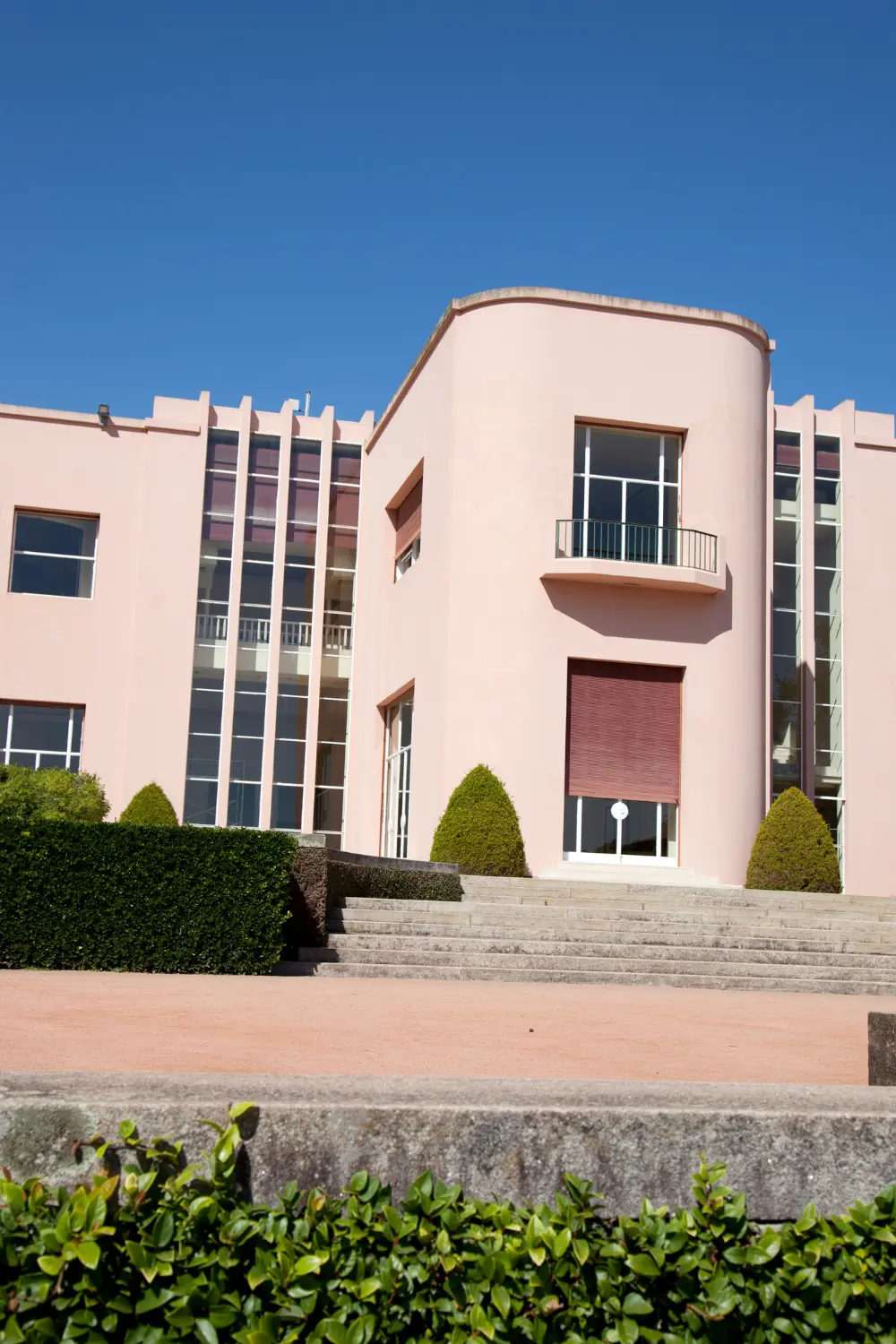
The Serralves Museum is a must-see in Porto. It is one of the most important museums in Portugal. This museum is located in a beautiful park. The park itself is worth a visit. The museum focuses on contemporary art. You can find work from both Portuguese and international artists.
Here are some highlights of the Serralves Museum:
- Modern art exhibits: The museum features a rotating collection of modern art.
- Serralves Park: This large park offers lovely gardens and walking paths.
- Art Deco Villa: The museum includes a stunning Art Deco house.
The Serralves Museum also hosts many events. These include workshops, concerts, and educational programs. This makes it a lively place to visit. The museum café is a great spot to relax. You can enjoy a coffee while soaking in the beautiful surroundings. Whether you are an art lover or just curious, the Serralves Museum has something for everyone.
Museu Nacional Soares Dos Reis
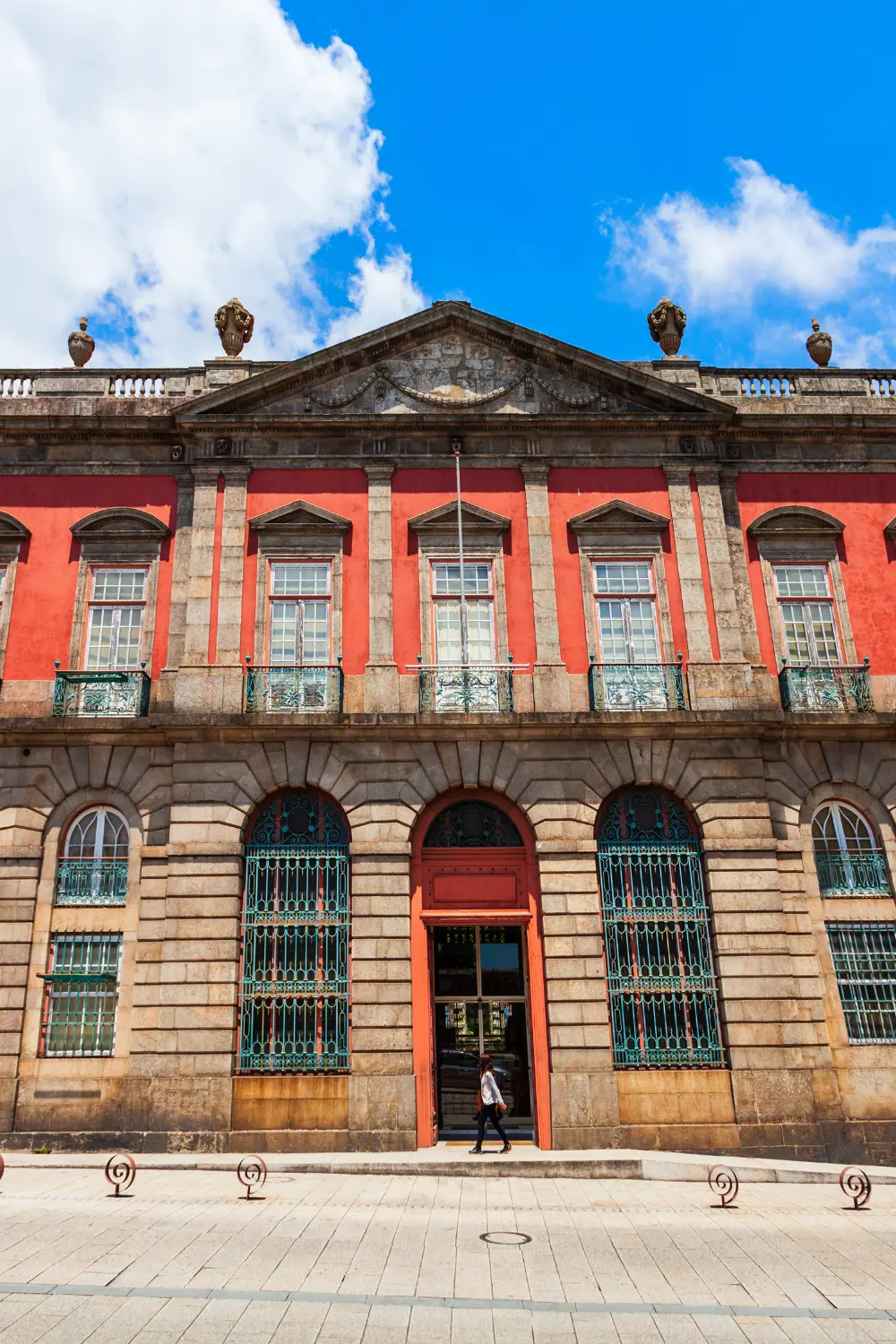
The Museu Nacional Soares dos Reis is another top museum in Porto. It is the oldest public museum in Portugal. This museum is named after the famous Portuguese sculptor, Soares dos Reis. It houses a wide range of collections. These include paintings, sculptures, and decorative arts.
Key features of the Museu Nacional Soares dos Reis:
- Portuguese art: The museum showcases a rich collection of Portuguese art from the 19th and 20th centuries.
- Historic building: The museum is located in a beautiful 18th-century palace.
- Decorative arts: There are stunning examples of ceramics, glass, and textiles.
The Museu Nacional Soares dos Reis also offers temporary exhibitions. These exhibitions cover various themes and artists. The museum’s peaceful garden is perfect for a relaxing stroll. The museum shop offers unique souvenirs. It is a great place to find gifts and keepsakes.
For anyone interested in Portuguese culture and history, this museum is a treasure trove. You can easily spend a few hours exploring its vast collections. The Museu Nacional Soares dos Reis provides a deep insight into Portugal’s artistic heritage.
Unique Collections In Coimbra
Portugal is a country with a rich history and culture. Its museums are a reflection of this. From art to science, there is something for everyone. Coimbra, in particular, has unique collections that attract many visitors. These collections offer a glimpse into the past and showcase the talent and knowledge of the region.
University Of Coimbra’s Science Museum
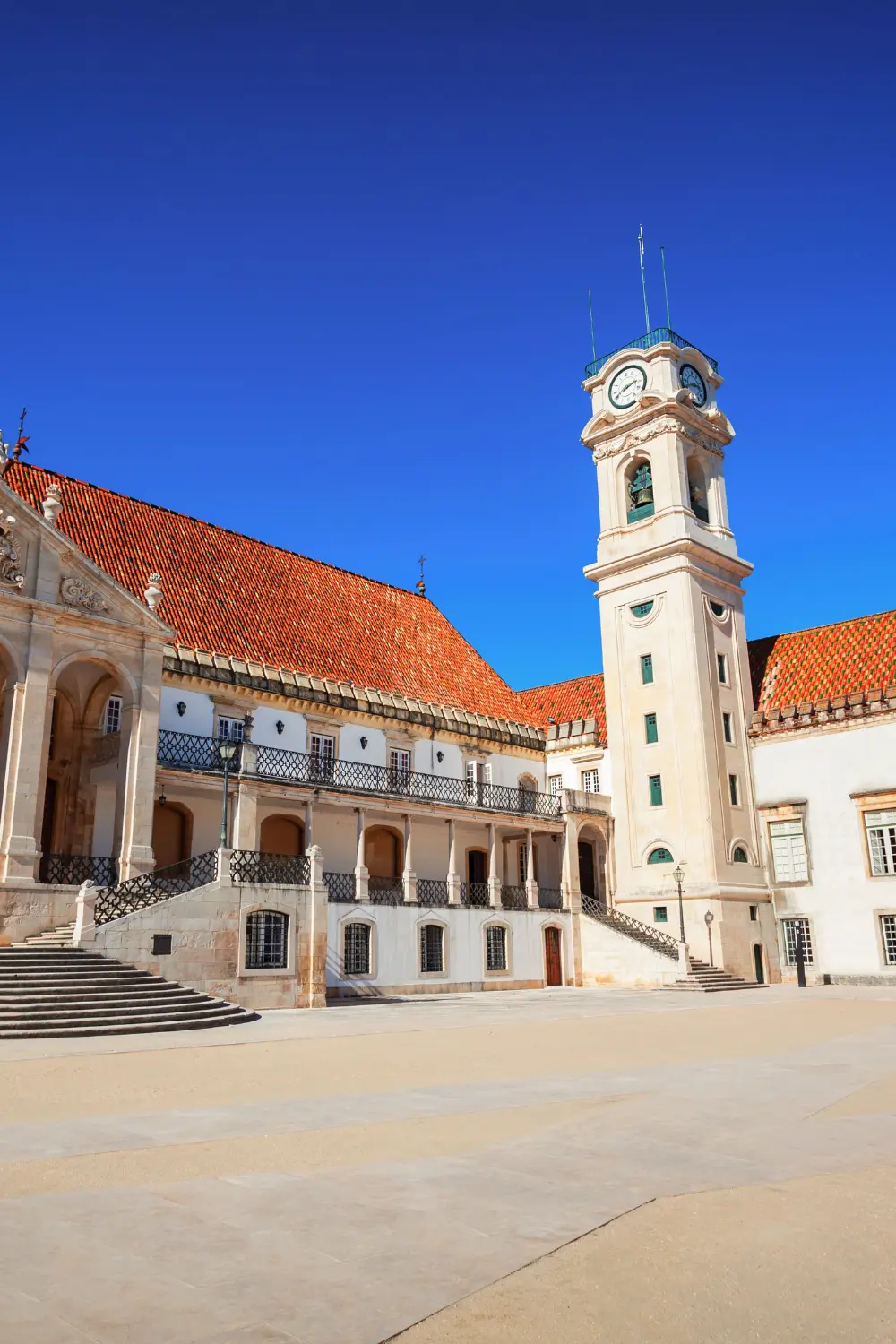
The University of Coimbra’s Science Museum is a must-see. It is one of the oldest universities in Europe. The museum has a vast collection of scientific instruments. These instruments were used in the past for research and teaching. They show the evolution of science over the centuries.
Here are some highlights:
- Astronomical Instruments: Telescopes and globes used for star observation.
- Physics Equipment: Early machines and devices demonstrating physical laws.
- Medical Tools: Old surgical instruments and anatomical models.
The museum is housed in a beautiful old building. Its architecture is worth admiring. Visitors can also enjoy interactive exhibits. These displays make learning fun and engaging for all ages. There is something to interest everyone, from children to adults.
Museu Machado De Castro
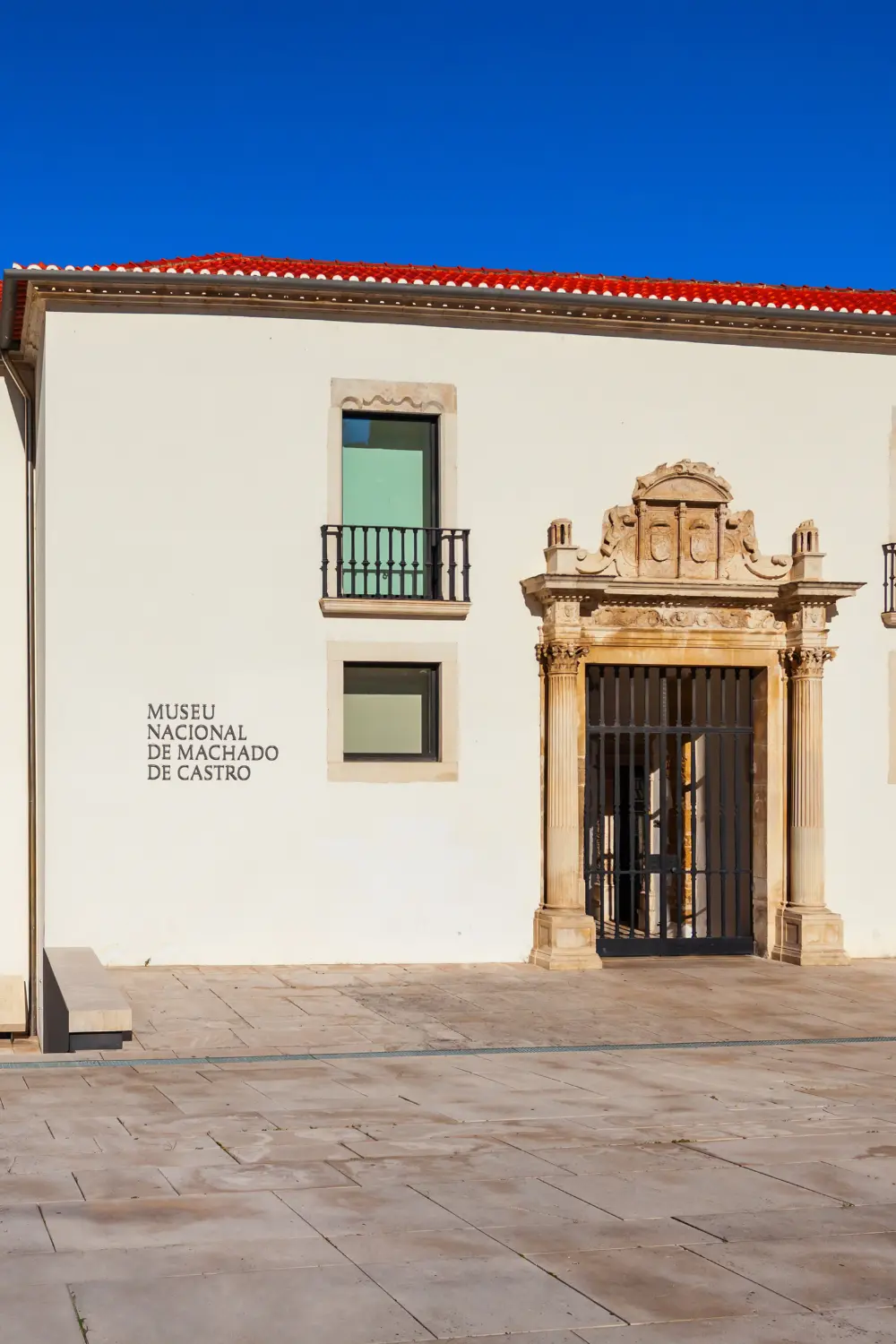
The Museu Machado de Castro is another gem in Coimbra. Named after the famous sculptor Joaquim Machado de Castro, it is one of the most important art museums in Portugal. The museum is located in a former bishop’s palace, which adds to its charm.
Key features of the museum include:
| Section | Highlights |
|---|---|
| Roman Cryptoporticus | An underground gallery from the Roman era. |
| Sculpture Collection | Works from the Middle Ages to the 18th century. |
| Religious Art | Paintings, statues, and artifacts from churches. |
Visitors can explore different art styles and historical periods. The museum also hosts temporary exhibitions. These exhibits feature contemporary artists and new themes. It is a great place to learn about Portuguese art and history. The combination of permanent and temporary displays ensures there is always something new to see.
Historical Sites In Sintra
Portugal is a country rich in history and culture. The museums here tell fascinating stories from the past. One of the best places to explore these stories is Sintra. This town is home to many historical sites that captivate visitors. Let’s dive into some of the best museums in Sintra.
Museu De Artes De Sintra
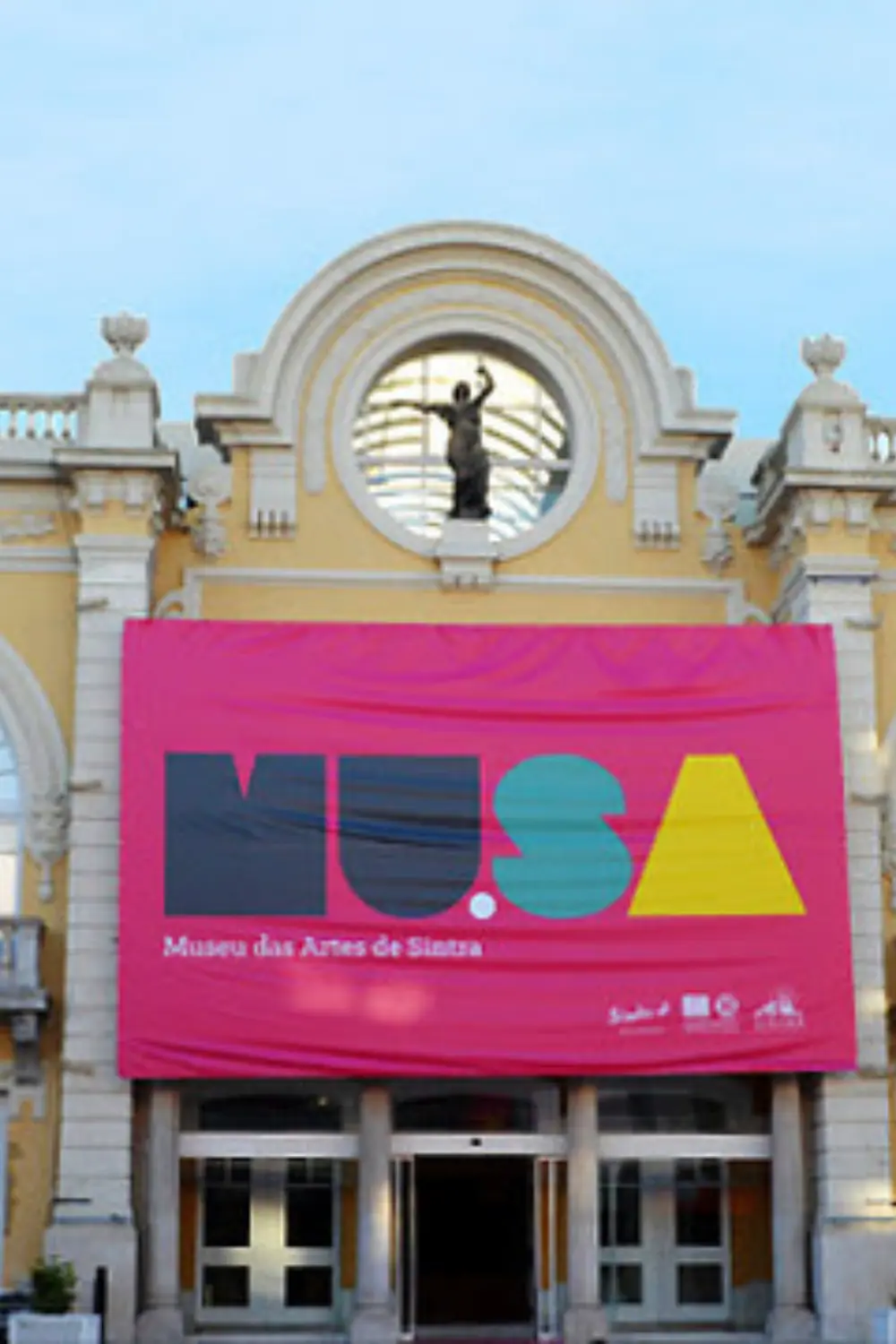
Museu de Artes de Sintra is a must-visit for art lovers. It showcases a collection of Portuguese art from different periods. The museum is housed in a beautiful building. The architecture itself is worth admiring.
Inside, you will find:
- Paintings
- Sculptures
- Photographs
The museum also hosts temporary exhibitions. These exhibitions feature works from contemporary artists. This gives visitors a chance to see modern art alongside historical pieces. The museum offers guided tours. These tours are very informative and help visitors understand the art better.
Here are the opening hours:
| Day | Opening Hours |
|---|---|
| Monday | Closed |
| Tuesday – Sunday | 10:00 AM – 6:00 PM |
Palácio Nacional De Sintra
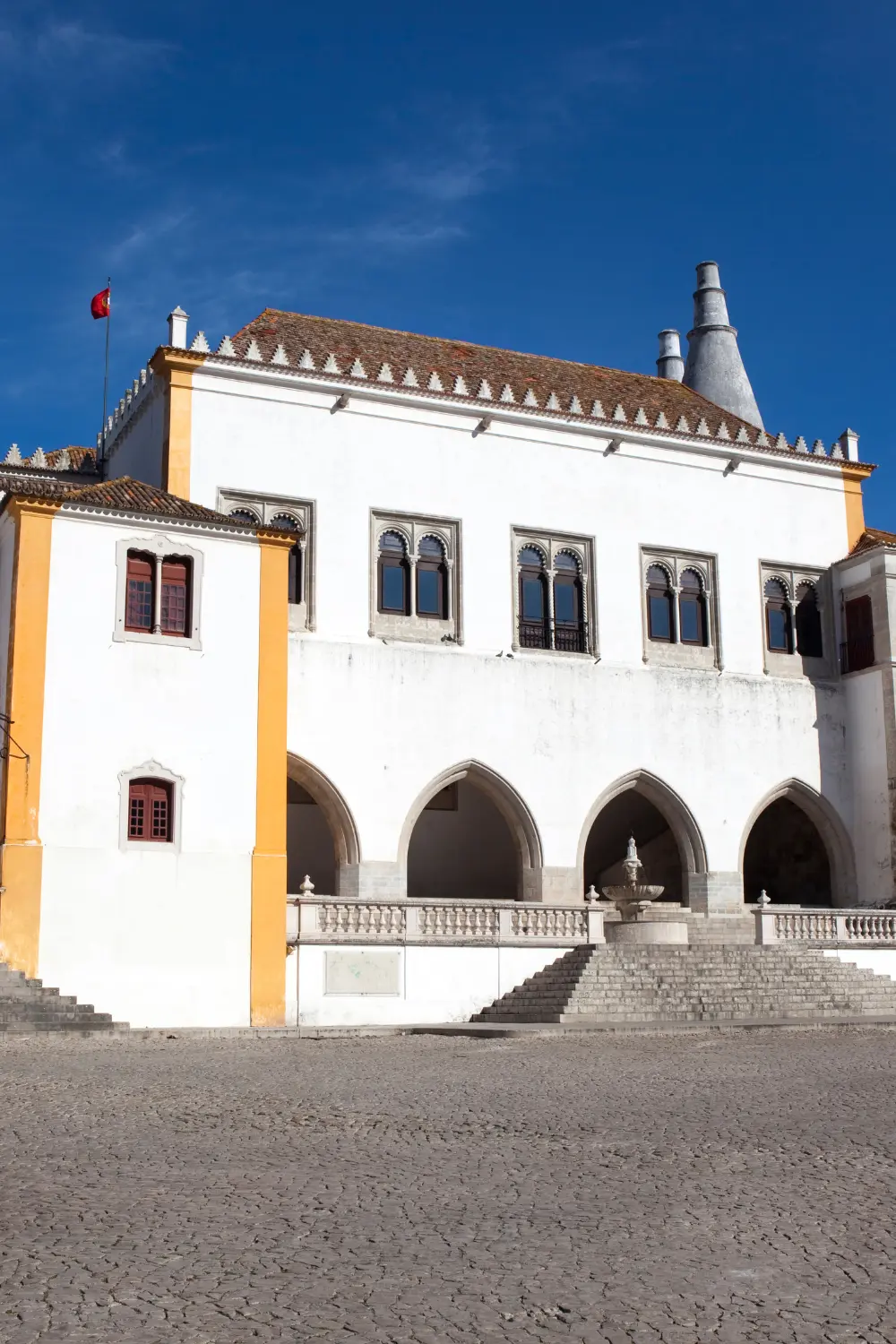
The Palácio Nacional de Sintra is another gem in this town. This palace is one of the best-preserved medieval royal residences in Portugal. The architecture is stunning, with distinctive conical chimneys.
Inside the palace, you will find rooms with beautiful tile work. Each room tells a story from the history of Portugal. Some key rooms to explore are:
- The Swan Room
- The Magpie Room
- The Arab Room
The palace also offers audio guides. These guides provide detailed information about each room and its history. Visiting this palace is like stepping back in time. You can almost hear the whispers of the past in its corridors.
Here are the opening hours:
| Day | Opening Hours |
|---|---|
| Monday | Closed |
| Tuesday – Sunday | 9:30 AM – 6:00 PM |
Art Focus In Faro
Portugal offers some of the best museums for art lovers. Faro, in particular, is home to several outstanding art museums. These museums showcase the rich cultural heritage of the region. Two notable institutions are the Museu Municipal de Faro and the Teatro Municipal de Faro. They provide unique experiences for visitors.
Museu Municipal De Faro
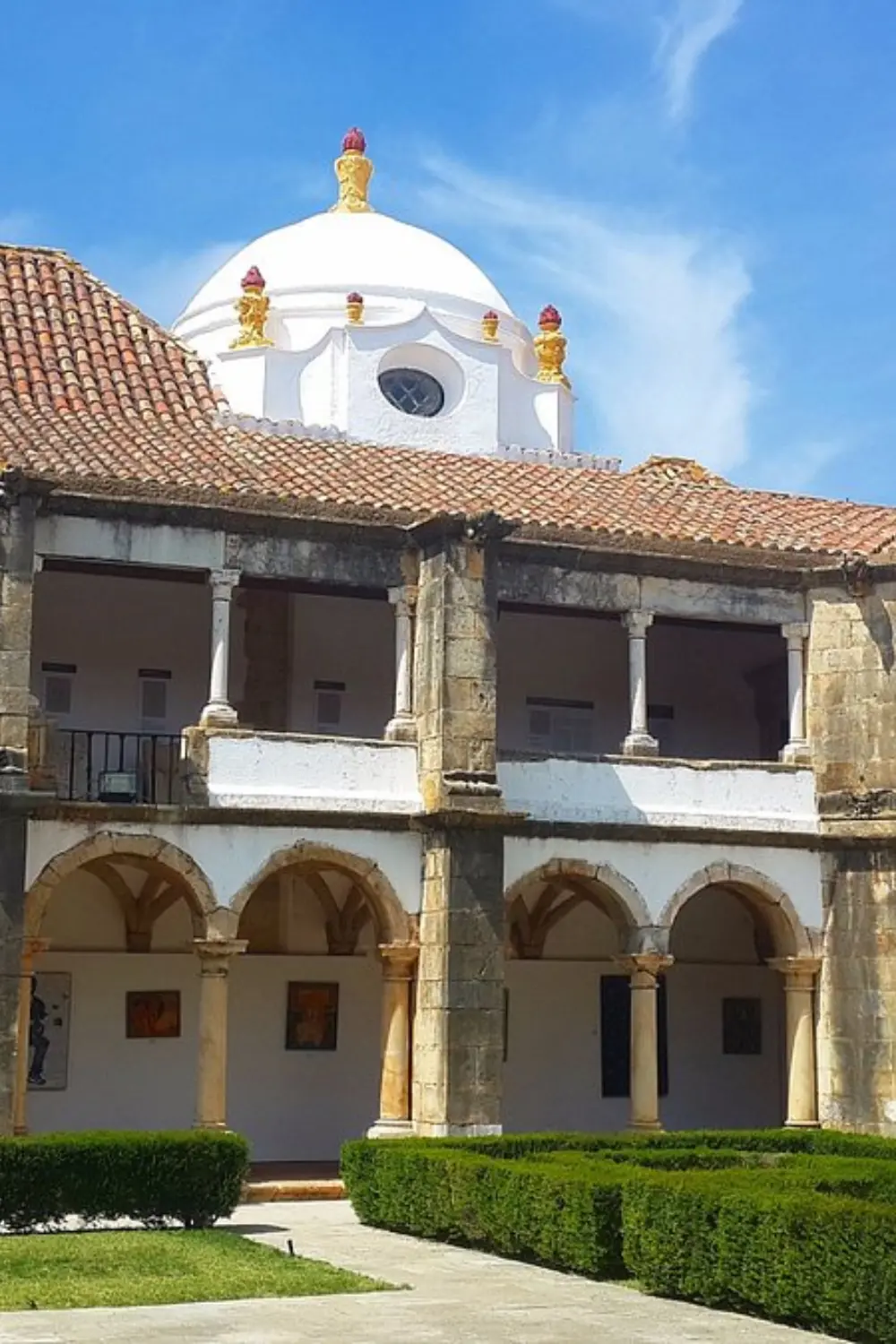
The Museu Municipal de Faro is a must-visit. It is located in a former convent, adding to its charm. The museum showcases a diverse collection of art and artifacts. These exhibits span from the prehistoric era to the 19th century. One can explore fascinating Roman artifacts. The museum also features beautiful religious art from the 16th and 17th centuries.
Highlights of the Museu Municipal de Faro include:
- Roman mosaics: These are intricate and well-preserved.
- Religious paintings: These showcase the skill of local artists.
- Archaeological finds: These include ancient pottery and tools.
The museum also hosts temporary exhibitions. These feature contemporary art and local artists. This adds a modern touch to the historical collection. Visitors can enjoy a peaceful courtyard. It is a lovely place to relax after exploring the exhibits.
Teatro Municipal De Faro
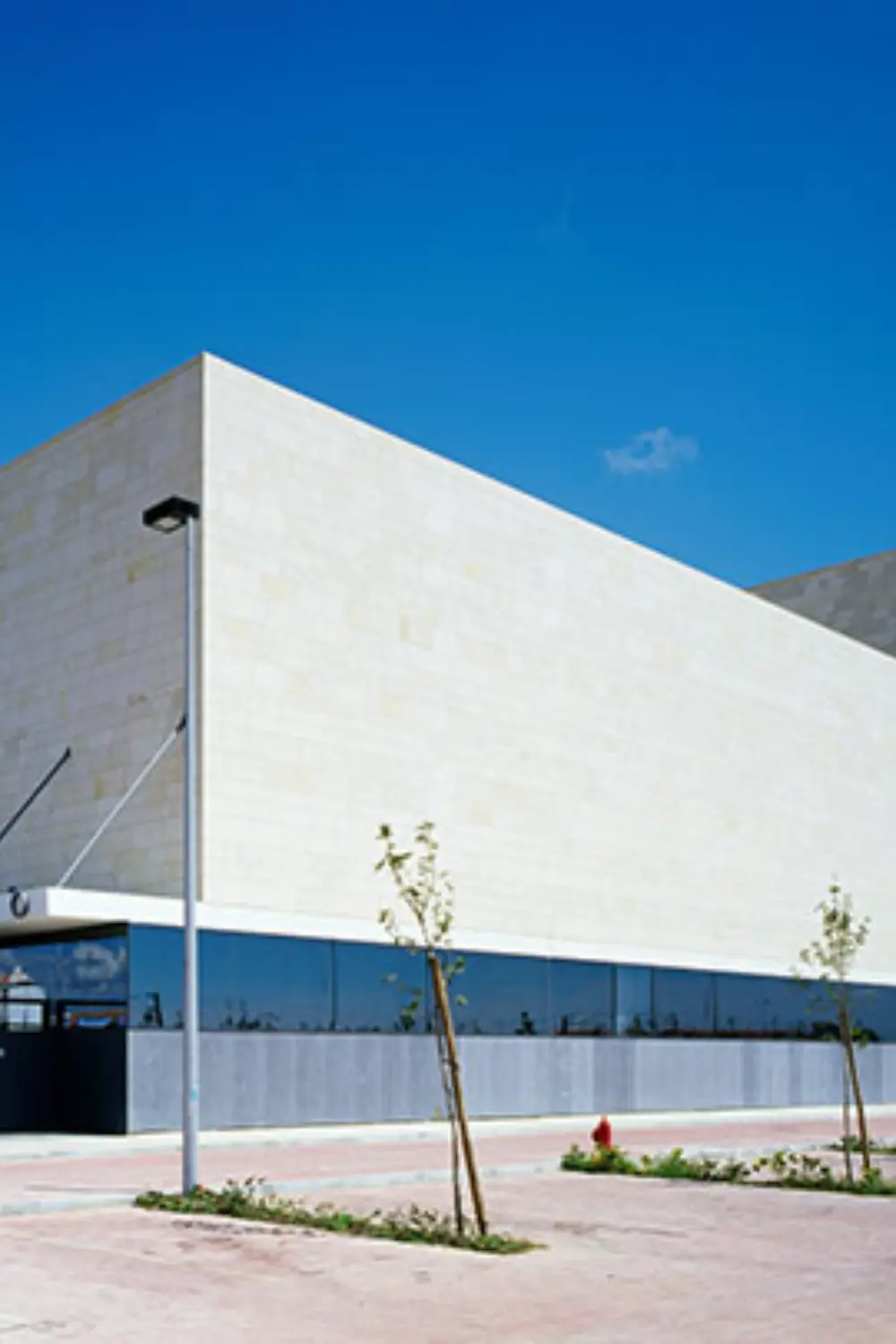
The Teatro Municipal de Faro is another cultural gem. This theater is not just for performances. It also functions as a cultural center. The building itself is an architectural marvel. It blends modern design with traditional elements. This makes it a visually appealing landmark in Faro.
Key features of the Teatro Municipal de Faro include:
- Exhibition spaces: These host art exhibitions year-round.
- Performance hall: It offers a variety of shows, from plays to concerts.
- Workshops and events: These engage the community in arts and culture.
The theater is known for its vibrant arts scene. It attracts both locals and tourists. Visiting the Teatro Municipal de Faro provides a well-rounded cultural experience. One can enjoy stunning artworks and live performances all in one place.
Exploring Évora’s Heritage
Portugal is home to many amazing museums, each telling its own unique story. The museums in Évora are especially interesting, as they showcase the rich heritage of the region. Exploring Évora’s museums can give you a deeper understanding of the city’s history and culture. This blog post highlights two of the best museums in Évora.
Museu De Évora
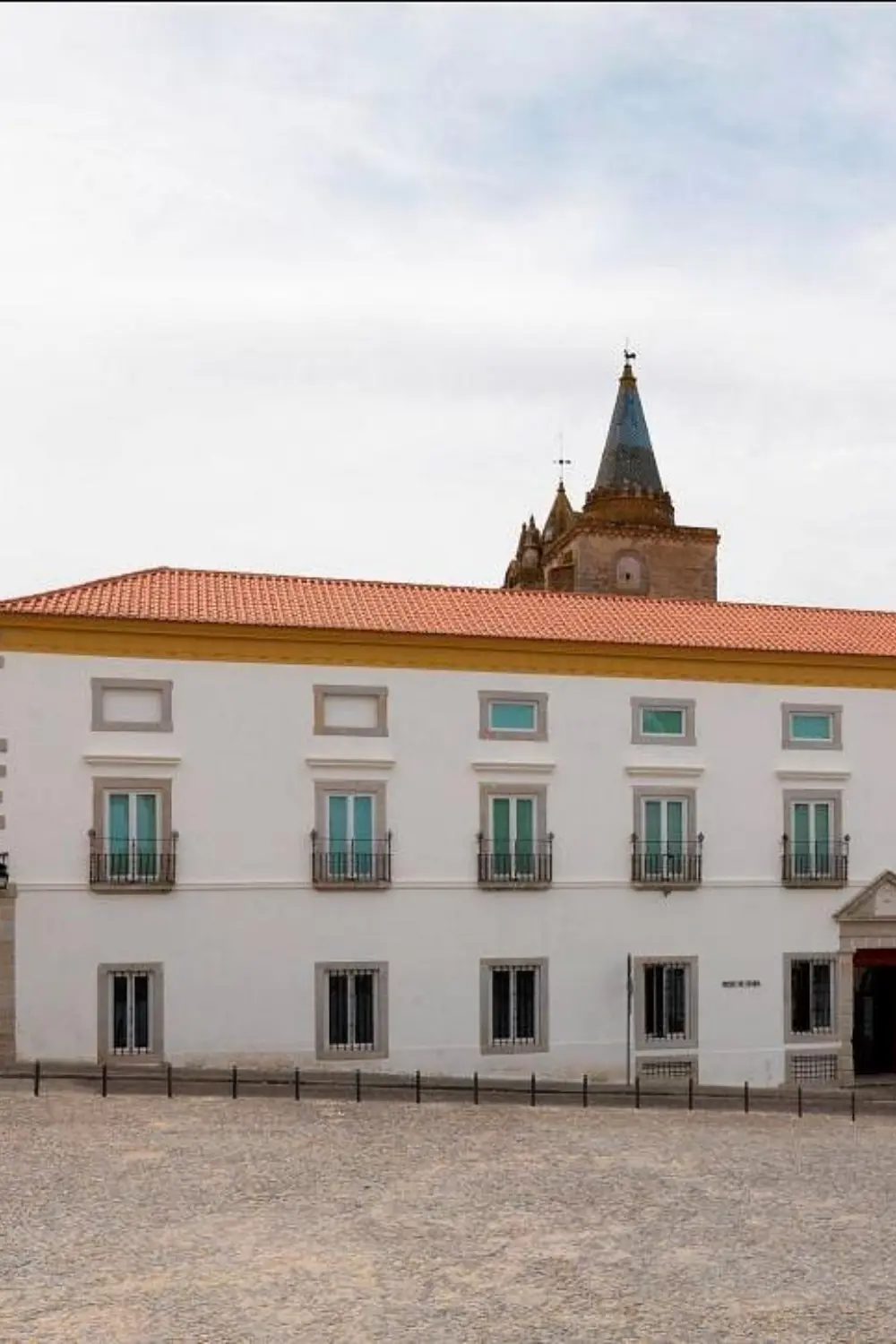
The Museu de Évora is a must-visit for history lovers. It is housed in a former palace, which adds to its charm. The museum has an extensive collection of artifacts from various periods. These items help to paint a vivid picture of the region’s past.
Some highlights of the museum include:
- Ancient Roman relics
- Medieval paintings
- Religious artifacts
- Traditional Portuguese pottery
The museum also has a special section dedicated to the Renaissance period. This section features beautiful sculptures and detailed tapestries.
Visitors can also enjoy:
| Exhibit | Description |
|---|---|
| Roman Artifacts | Tools, coins, and sculptures from the Roman era |
| Medieval Art | Paintings and manuscripts from the Middle Ages |
| Religious Artifacts | Items used in ancient religious ceremonies |
| Renaissance Section | Sculptures and tapestries from the Renaissance period |
Overall, the Museu de Évora offers a rich journey through time.
Templo Romano De Évora
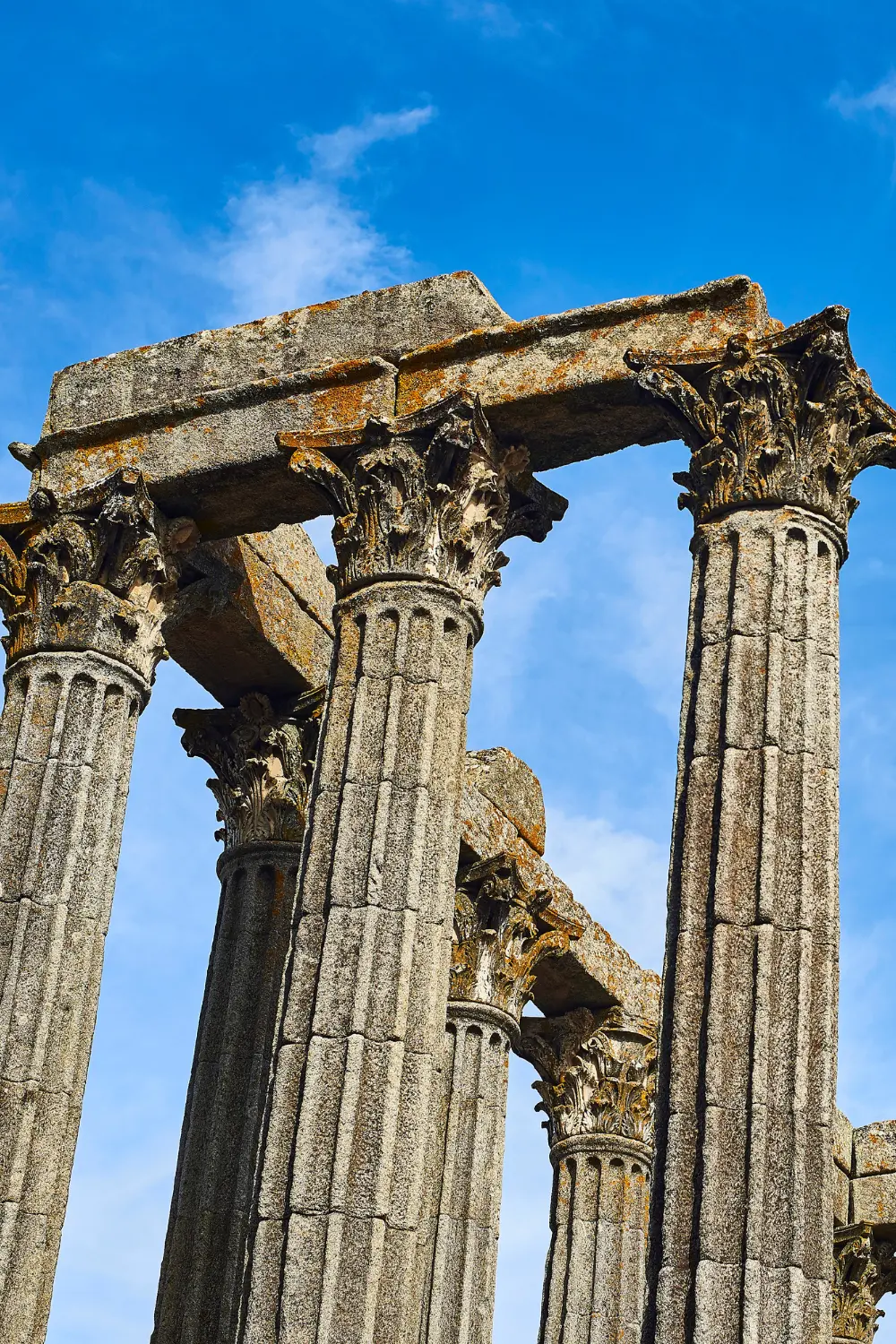
The Templo Romano de Évora is another must-see. It is one of the best-preserved Roman structures in Portugal. Built in the first century, the temple stands as a testament to the city’s long history.
Visitors to the temple can marvel at:
- Impressive Corinthian columns
- Detailed stone carvings
- Stunning views of the city
The temple is often referred to as the Temple of Diana. This name is due to a legend that it was dedicated to the goddess Diana. Standing among the ancient columns, it’s easy to imagine the temple’s grand past.
Key features of the Templo Romano de Évora include:
| Feature | Description |
|---|---|
| Corinthian Columns | Elegant columns with intricate designs |
| Stone Carvings | Detailed carvings depicting ancient scenes |
| Temple Platform | Large stone platform where the temple stands |
Standing at this ancient site, visitors can feel a strong connection to the past. The Templo Romano de Évora is not just a historical site. It is a window into the rich heritage of Évora.
Nostalgia In Braga
Portugal is a country with a rich cultural heritage and fascinating history. Visitors can explore many incredible museums across the country. Braga, one of the oldest cities in Portugal, is a treasure trove of nostalgia. This city is home to several must-visit museums that showcase its past and traditions.
Museu Dos Biscainhos
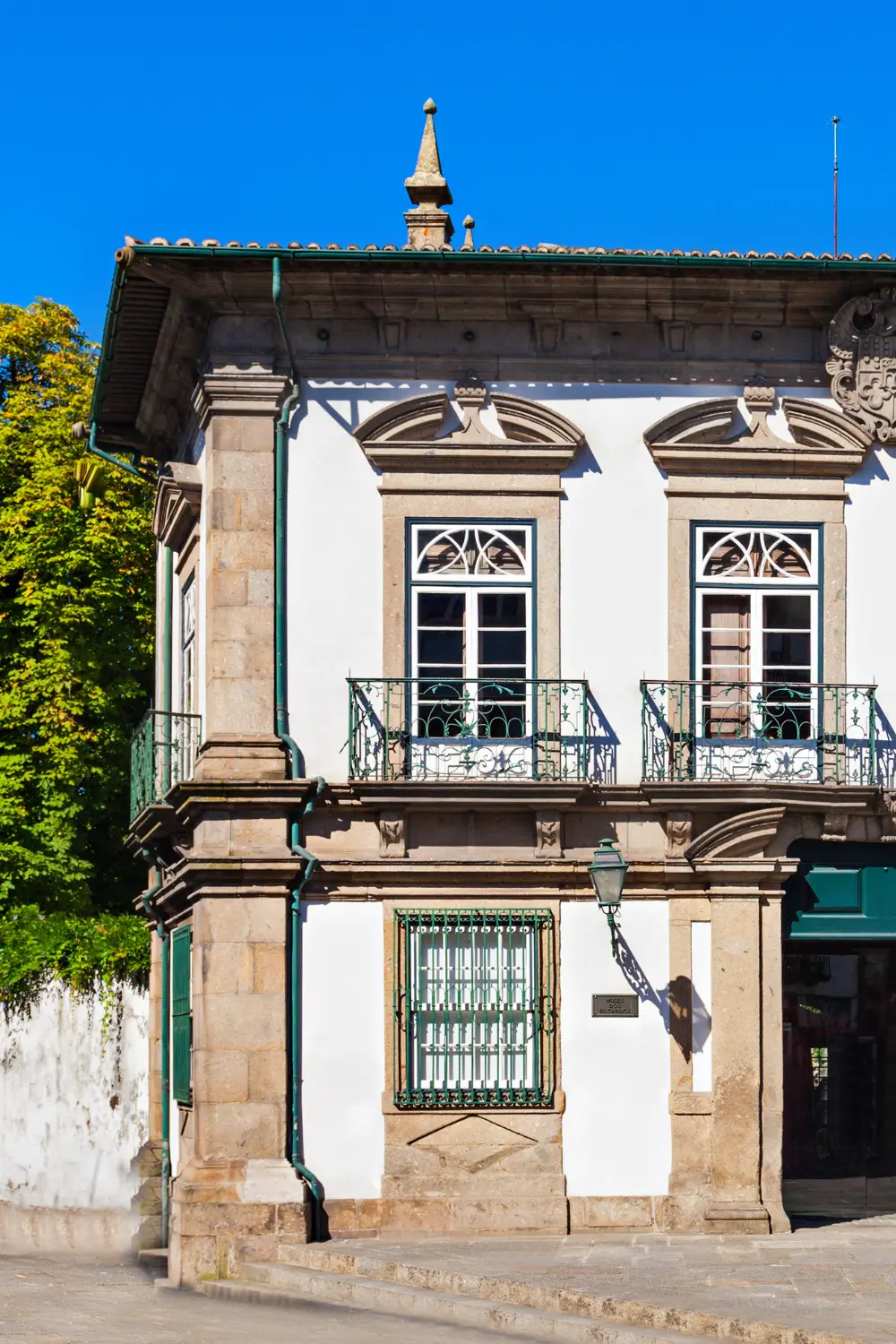
The Museu dos Biscainhos, located in Braga, is a gem. This museum is housed in a beautiful 17th-century palace. It offers a glimpse into the life of the Portuguese aristocracy. The palace itself is a stunning example of Baroque architecture.
Visitors can explore the lavish rooms, filled with antique furniture. The intricate tile work and ornate ceilings are breathtaking. The gardens surrounding the palace are a peaceful retreat. They feature lovely fountains and rare plants.
Highlights of the Museu dos Biscainhos:
- Elegant ballrooms and dining rooms
- Charming chapel with beautiful art
- Well-preserved kitchen with old utensils
- Extensive collection of decorative arts
This museum offers an authentic experience of historical luxury. It is a perfect spot for history enthusiasts and art lovers alike.
Museu Do Pão
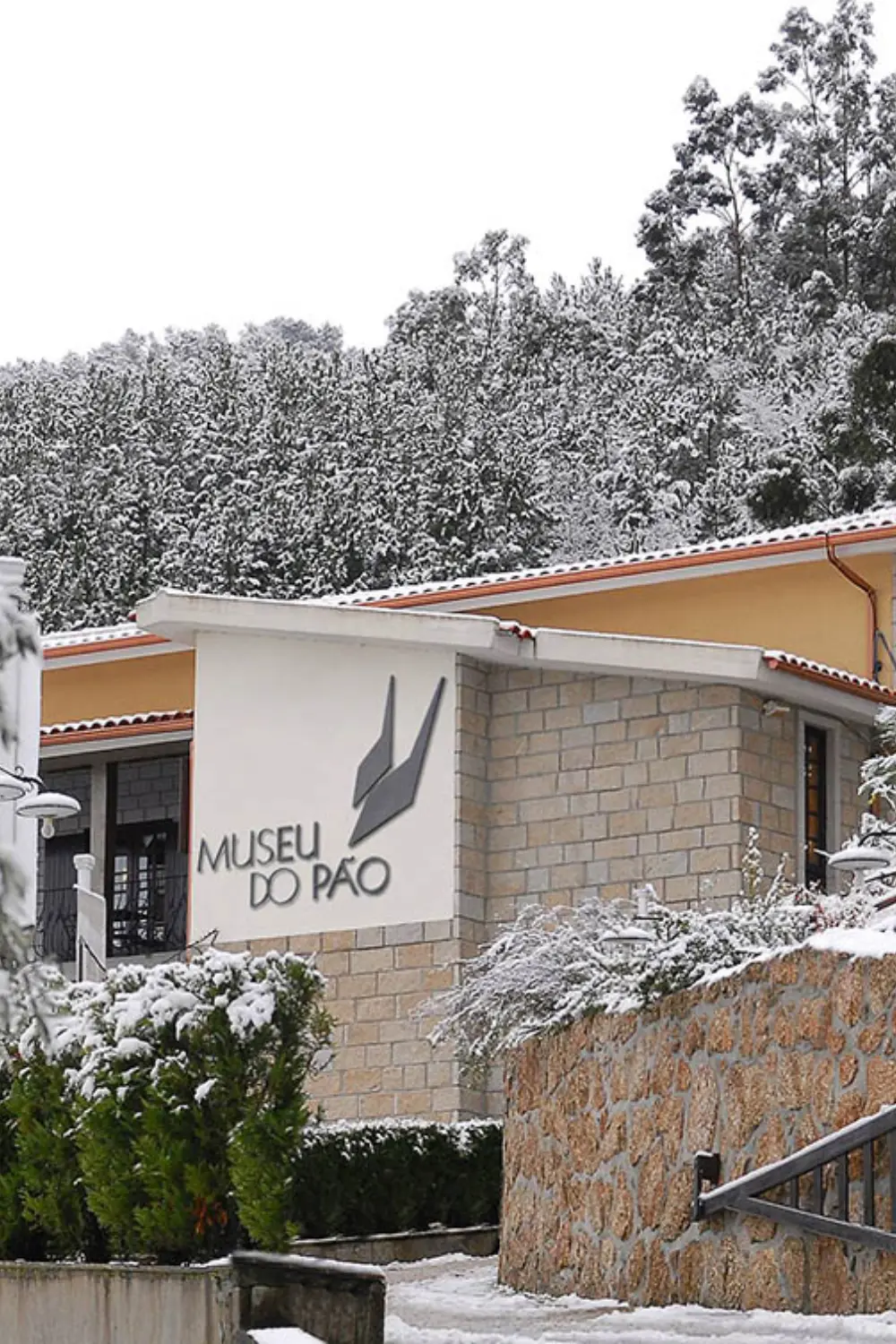
The Museu do Pão, or Bread Museum, is a unique attraction in Braga. This museum is dedicated to the history and culture of bread-making in Portugal. It showcases the importance of bread in Portuguese cuisine and daily life.
The museum features various exhibits:
- Traditional bread-making tools and equipment
- Historical bread recipes from different regions
- Interactive displays on the bread-making process
- Photos and videos of traditional bakeries
Visitors can learn about the different types of Portuguese bread. They can also discover the cultural significance of bread in festivals and traditions. The museum often hosts workshops and tastings. These activities provide a hands-on experience for guests.
The Museu do Pão is more than just a museum. It is a celebration of Portuguese heritage. It highlights the humble yet vital role of bread in the country’s history.
Interactive Experiences In Aveiro
Portugal is home to some of the most fascinating museums in the world. Among them, the museums in Aveiro stand out for their interactive experiences. These museums offer unique and engaging ways to learn about the region’s history and culture. Whether you are a history buff or just curious, Aveiro’s museums have something for everyone.
Museu De Aveiro
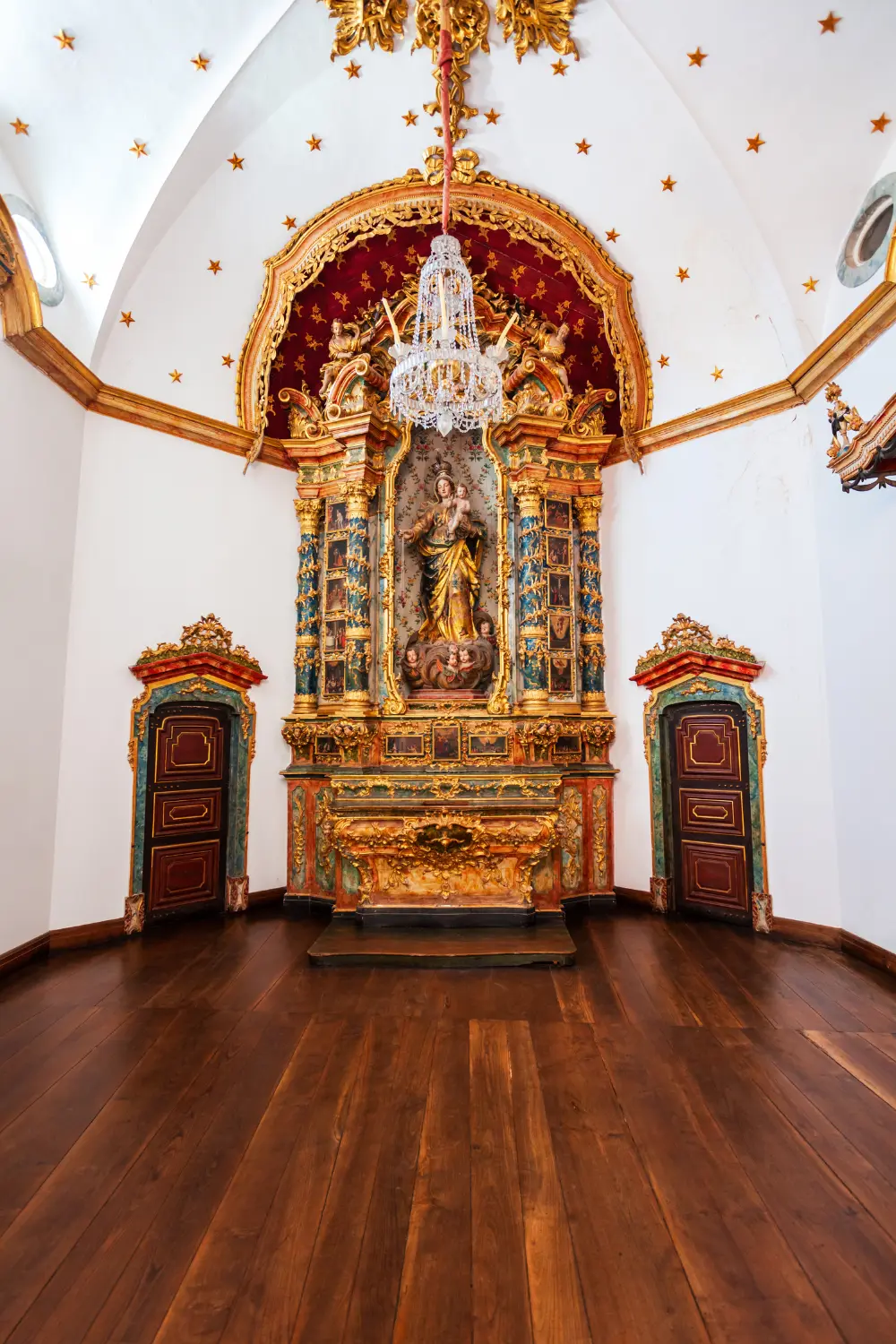
The Museu de Aveiro, also known as the Convento de Jesus, is a must-visit. This museum is located in a former convent and is dedicated to the history of Aveiro. The museum is famous for its beautiful architecture and stunning artworks.
Visitors can explore various exhibits that cover different periods of the region’s history. Here are some highlights:
- Religious Art: The museum has a rich collection of religious artifacts.
- Historical Documents: Learn about the history through old manuscripts.
- Sculptures and Paintings: Admire the works of local artists.
Another highlight is the tomb of Princess Santa Joana, a beautiful example of Portuguese baroque art. The museum offers guided tours, which are very informative. They help visitors understand the significance of each exhibit.
Museu Da Cidade De Aveiro
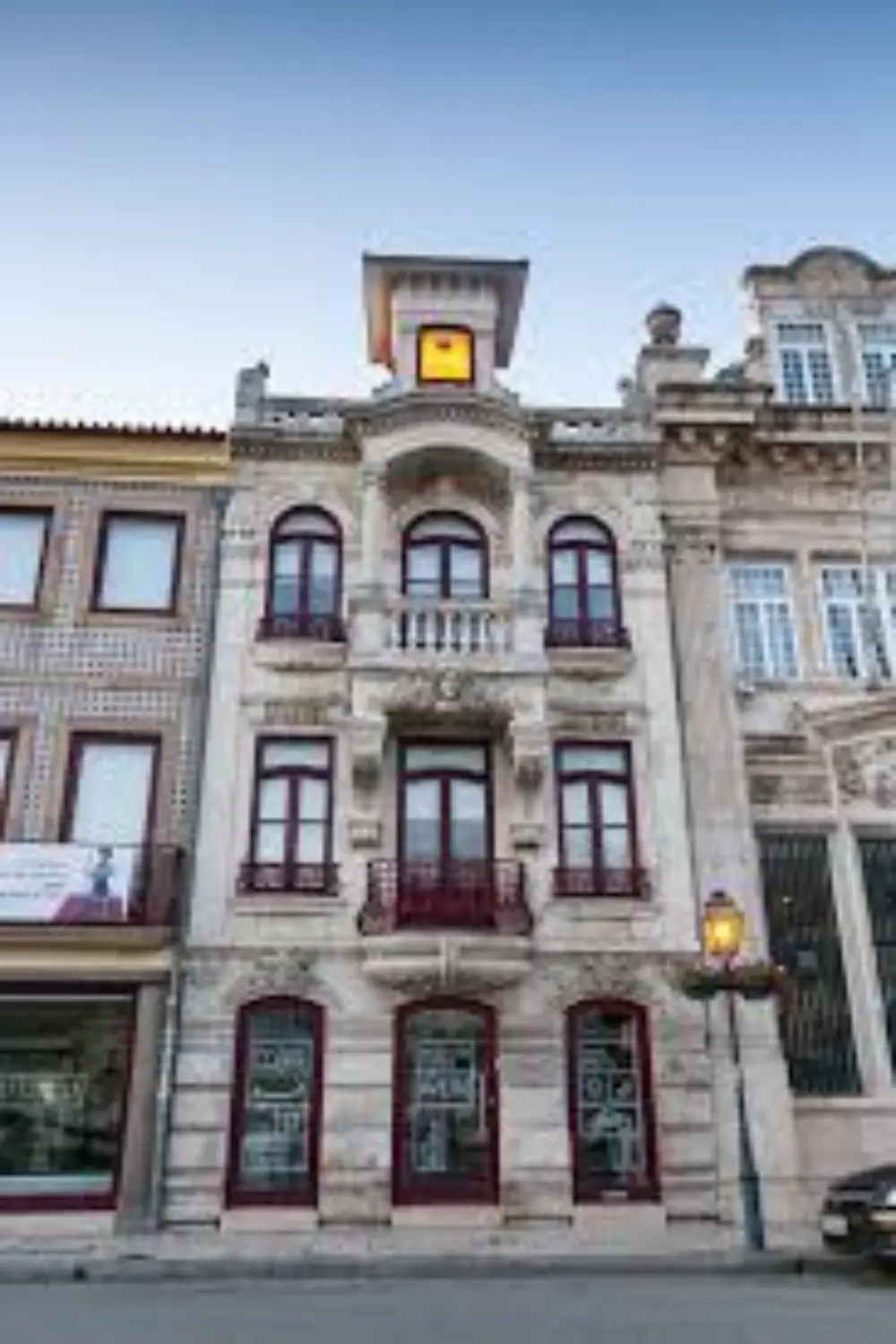
The Museu da Cidade de Aveiro is dedicated to the city’s history and culture. It is located in an old building that adds to its charm. The museum offers a range of interactive exhibits that make learning fun and engaging.
Here are some features of the museum:
- Historical Exhibits: Learn about Aveiro’s past through various displays.
- Interactive Displays: Touch screens and models make history come alive.
- Local Crafts: See traditional crafts and learn how they are made.
The museum also has a section dedicated to the salt industry, which is very important to Aveiro. Visitors can see how salt is produced and its impact on the local economy. The Museu da Cidade de Aveiro is perfect for families as it offers activities for children. These activities help kids learn in a fun way.
Conclusion
Portugal’s museums offer rich cultural experiences. From art to history, there’s something for everyone. Explore diverse exhibits and learn about Portugal’s heritage. Each museum has unique stories to tell. Plan your visit and dive into Portugal’s fascinating past. Discover art, history, and culture in these amazing museums.
Your journey through Portugal’s museums will be unforgettable. Enjoy and cherish the memories!

